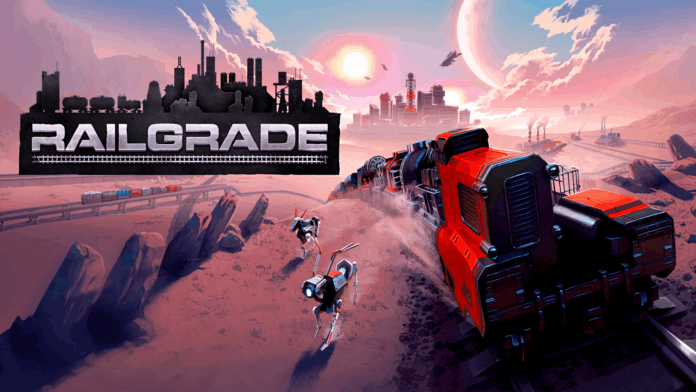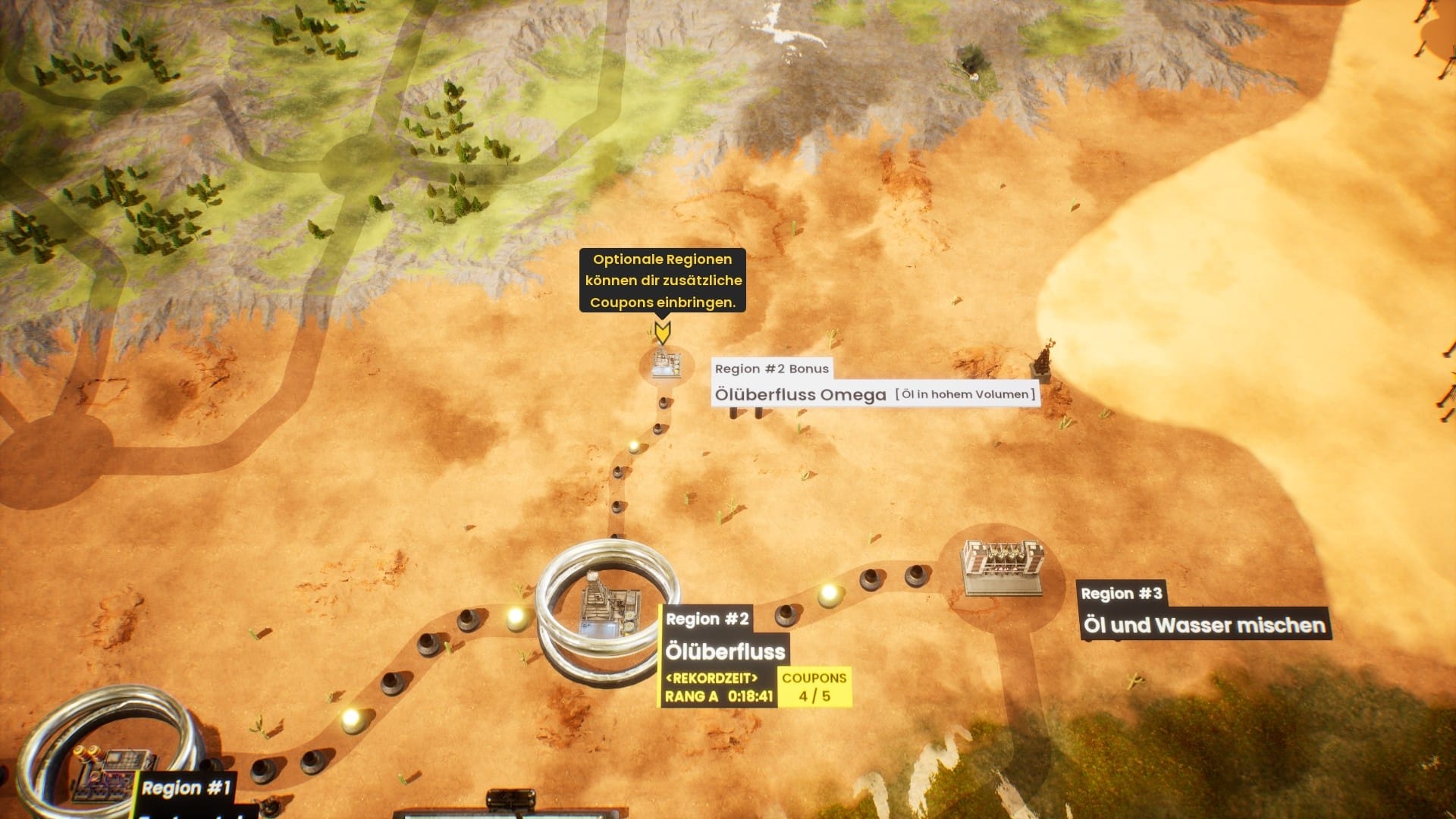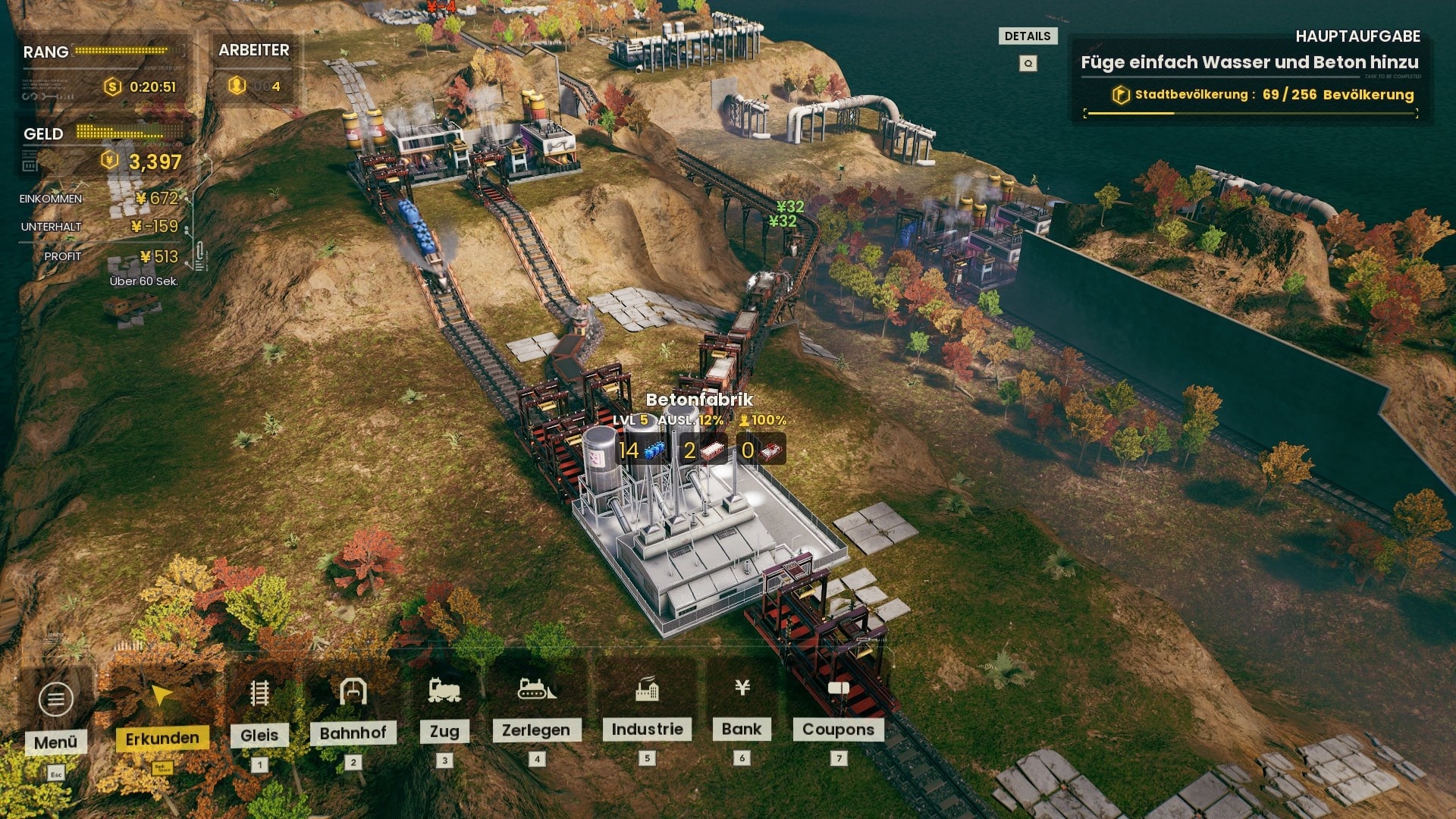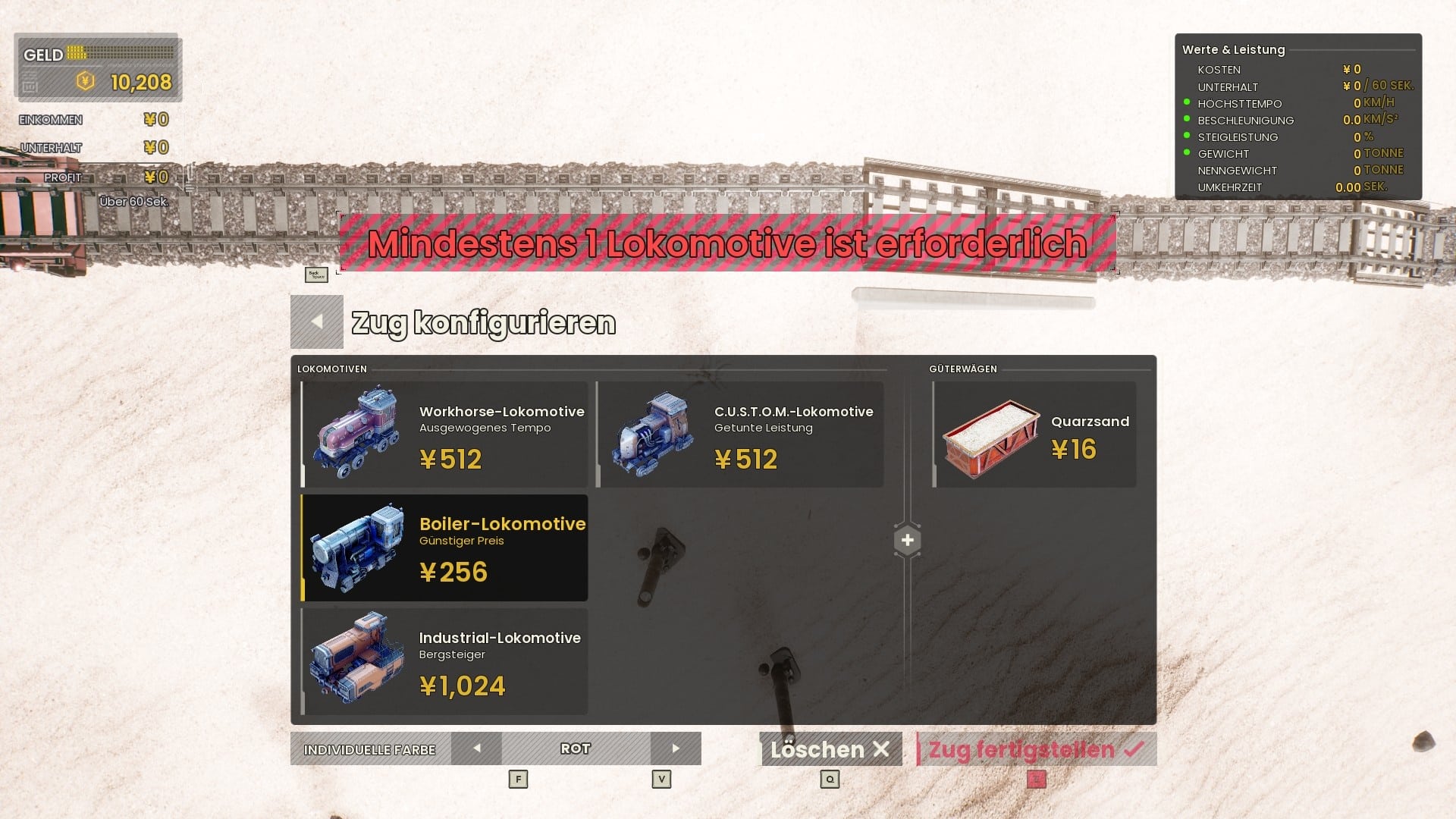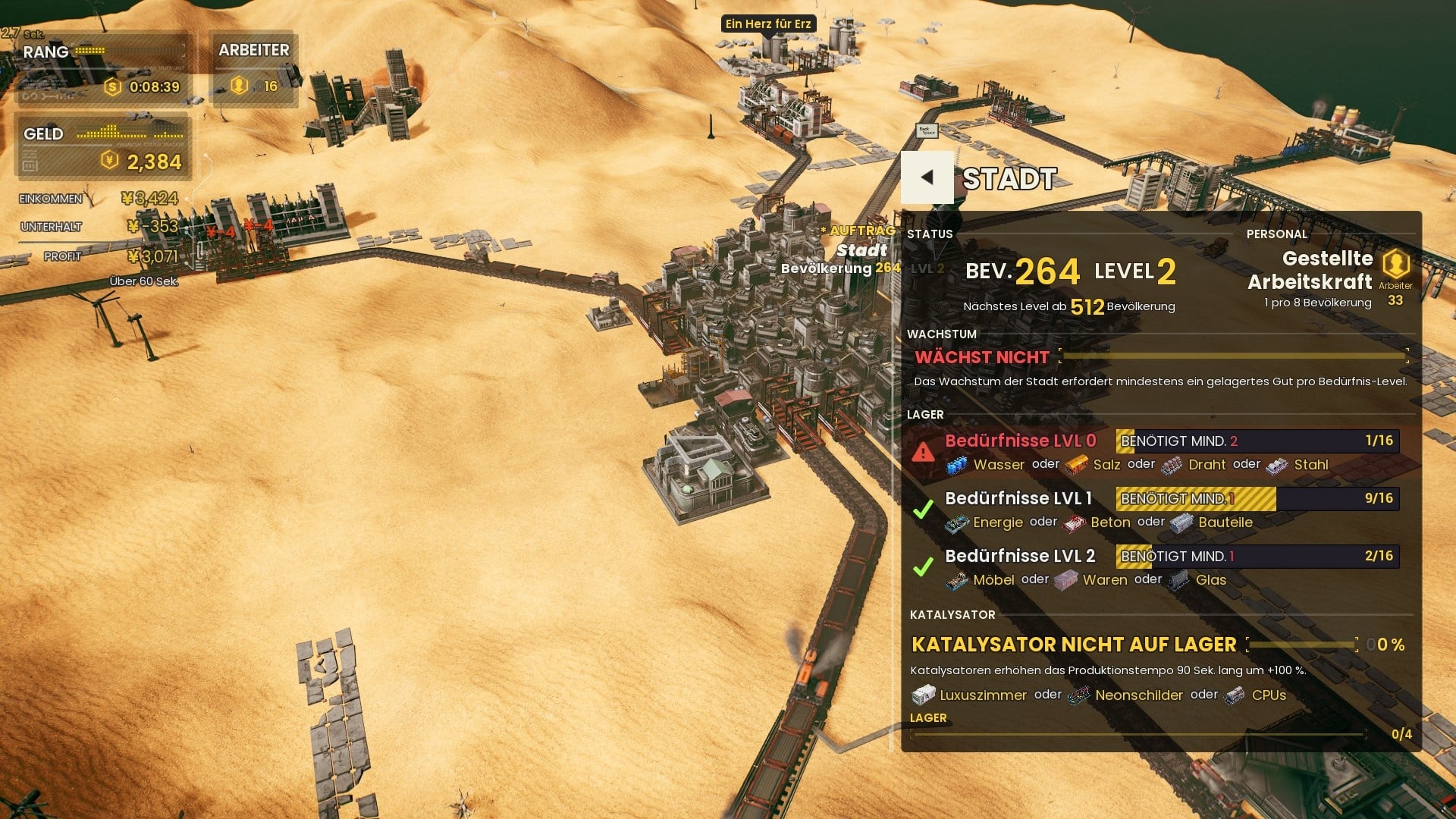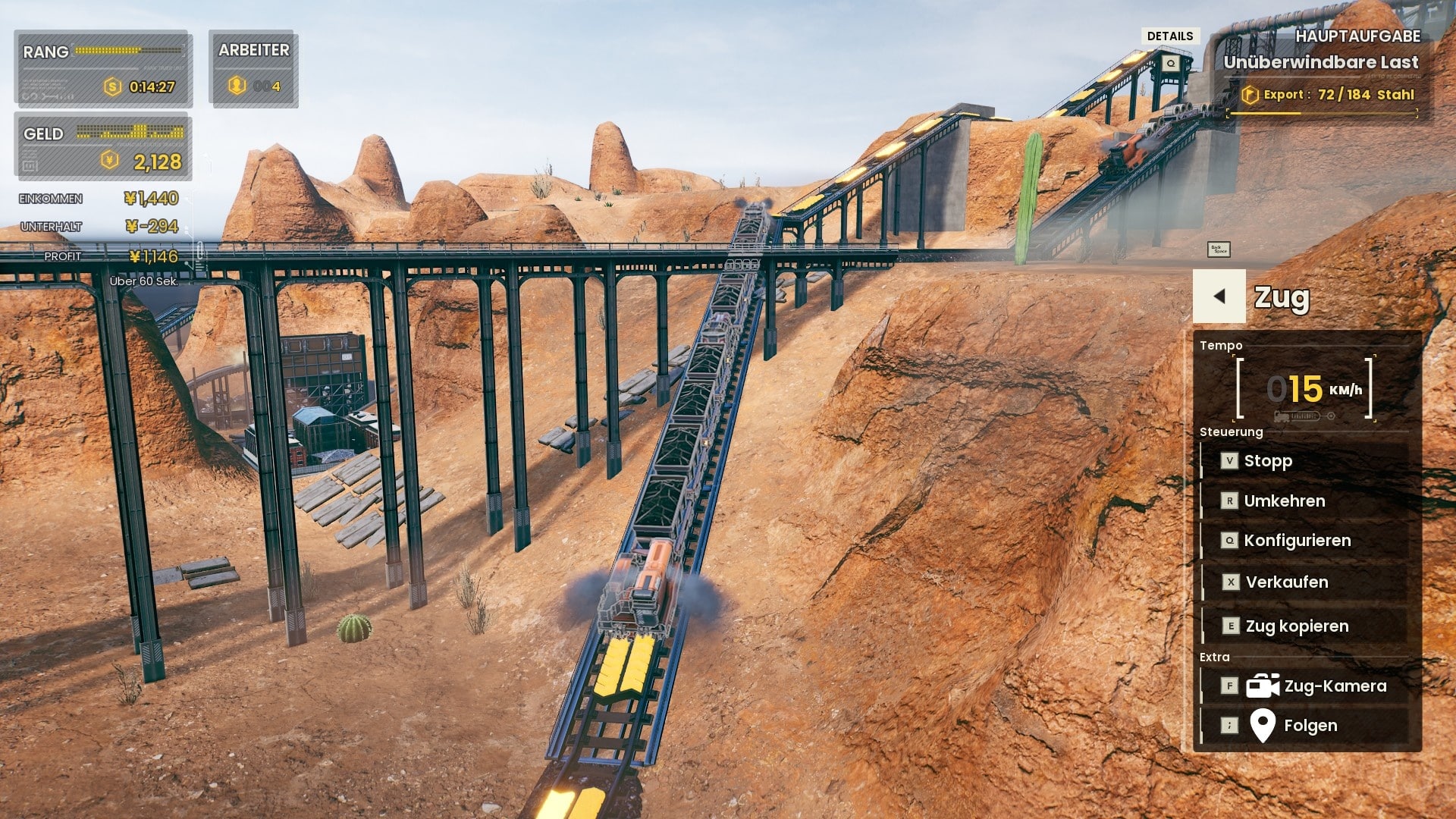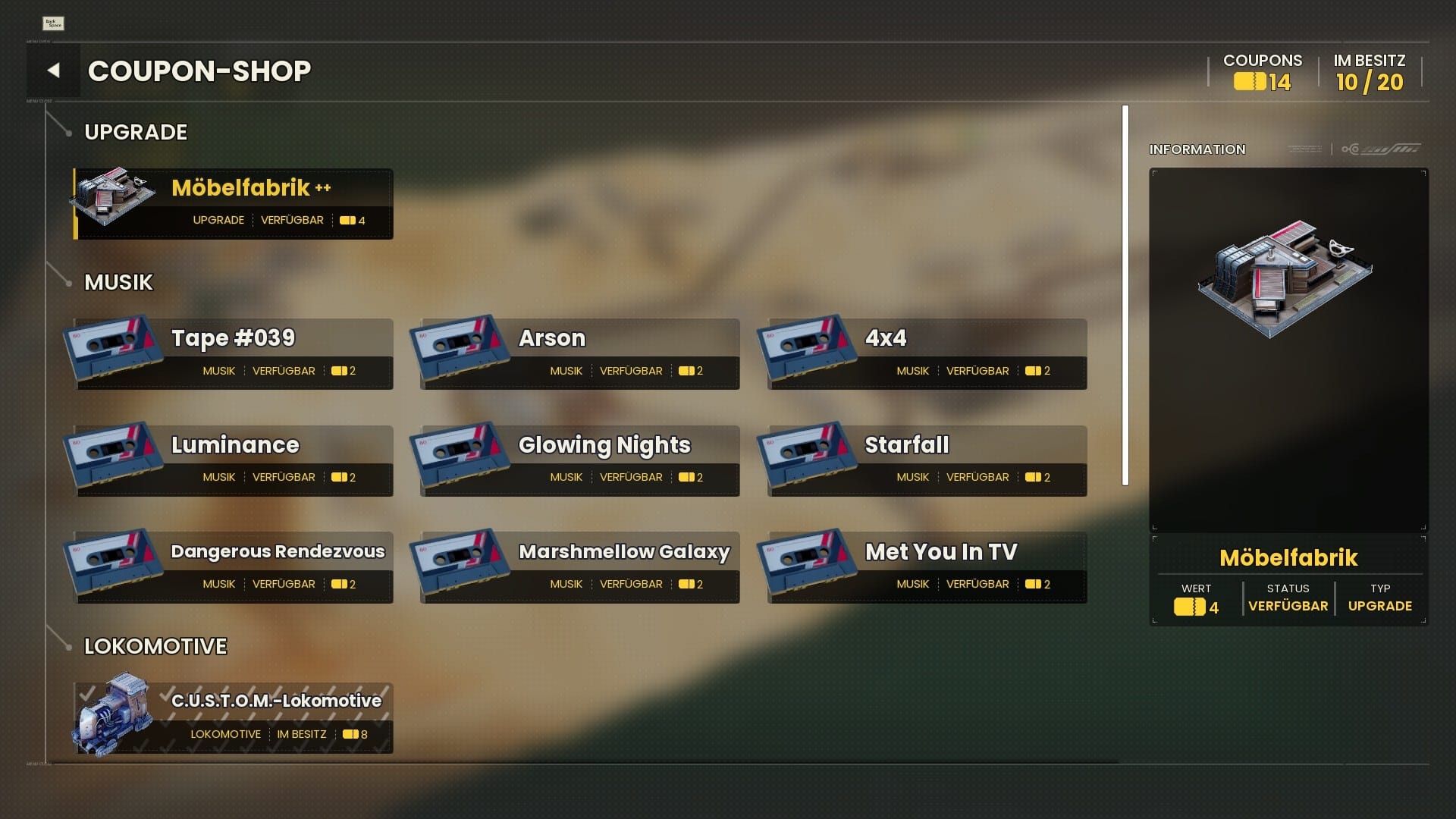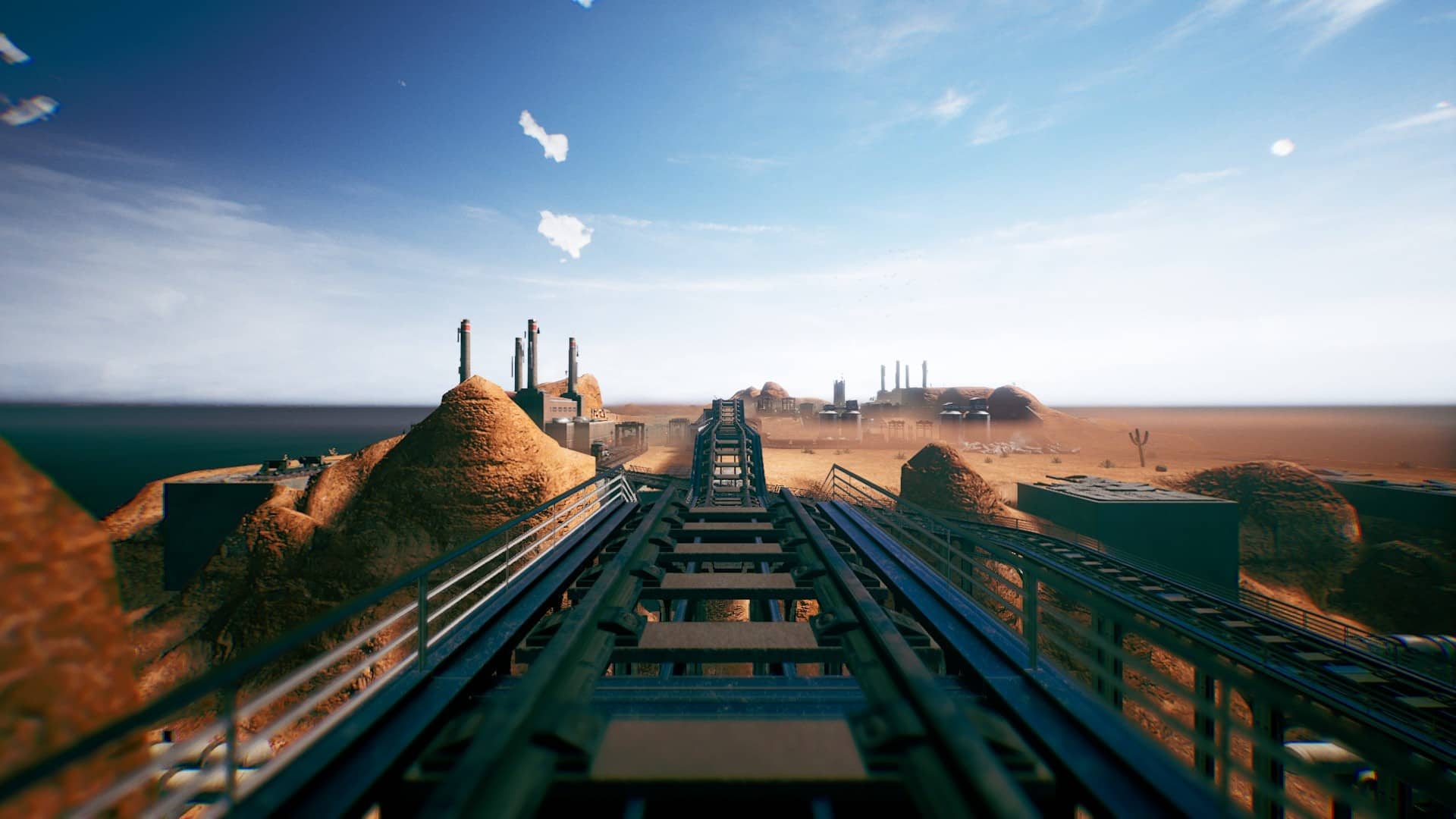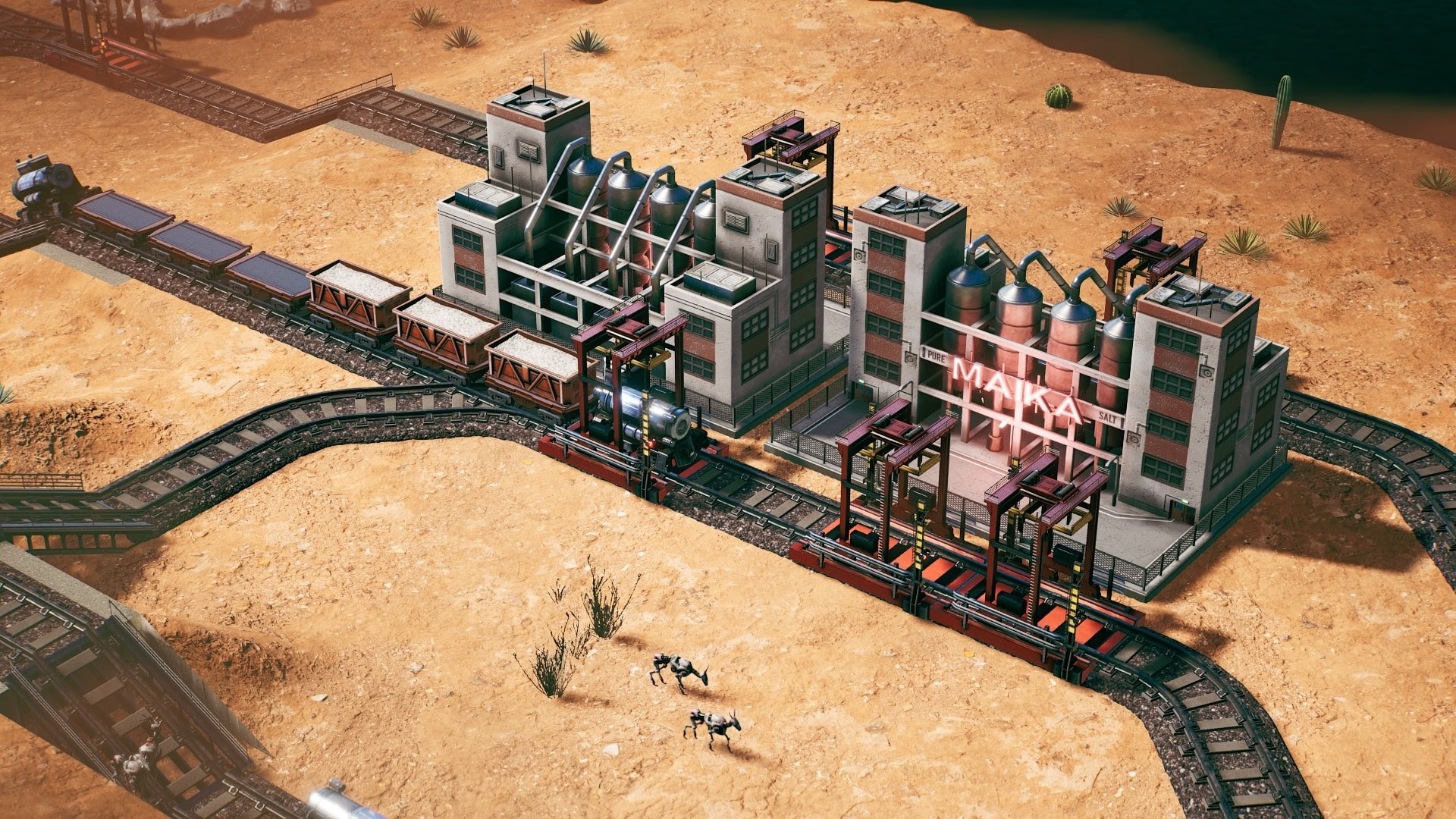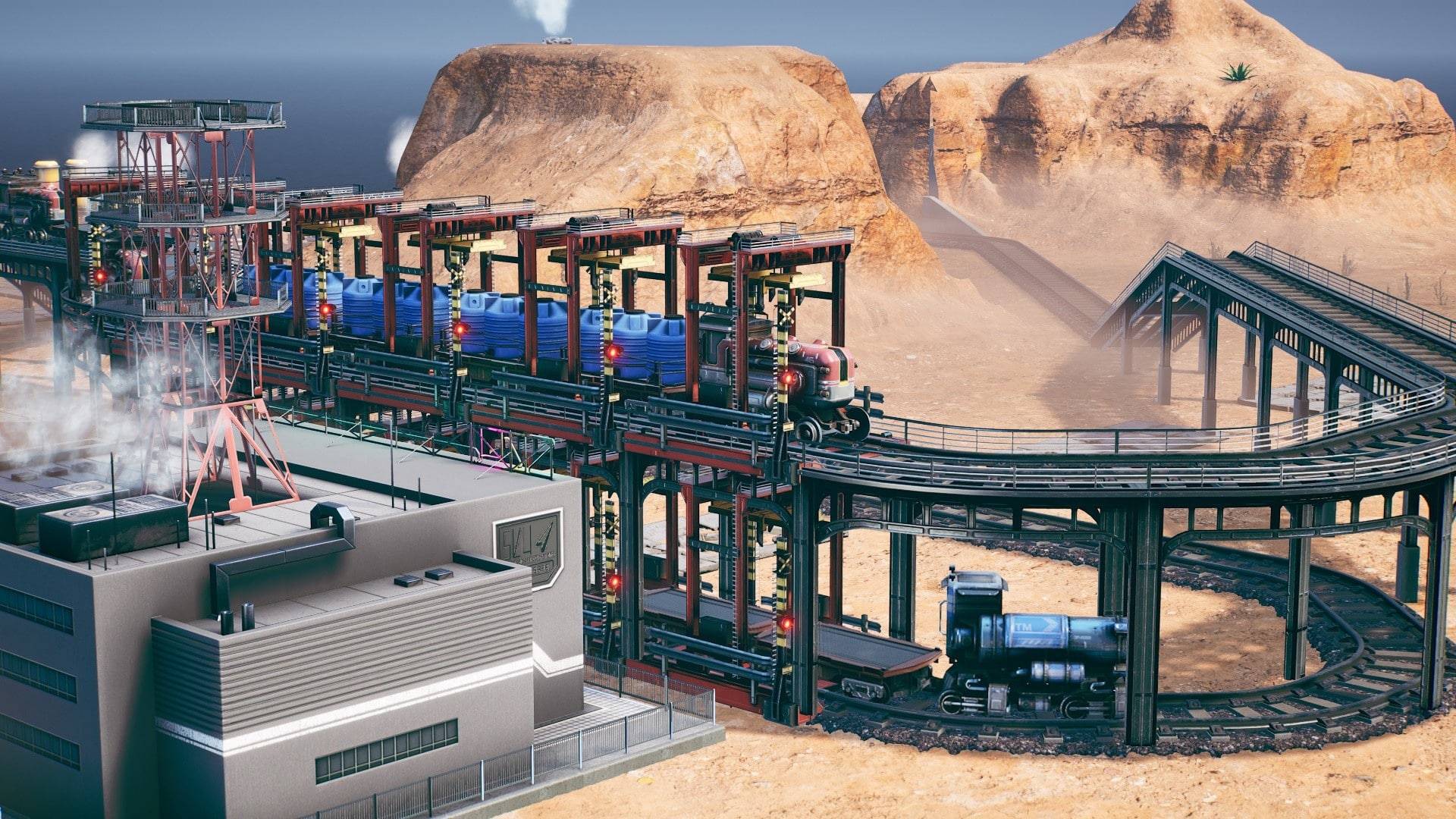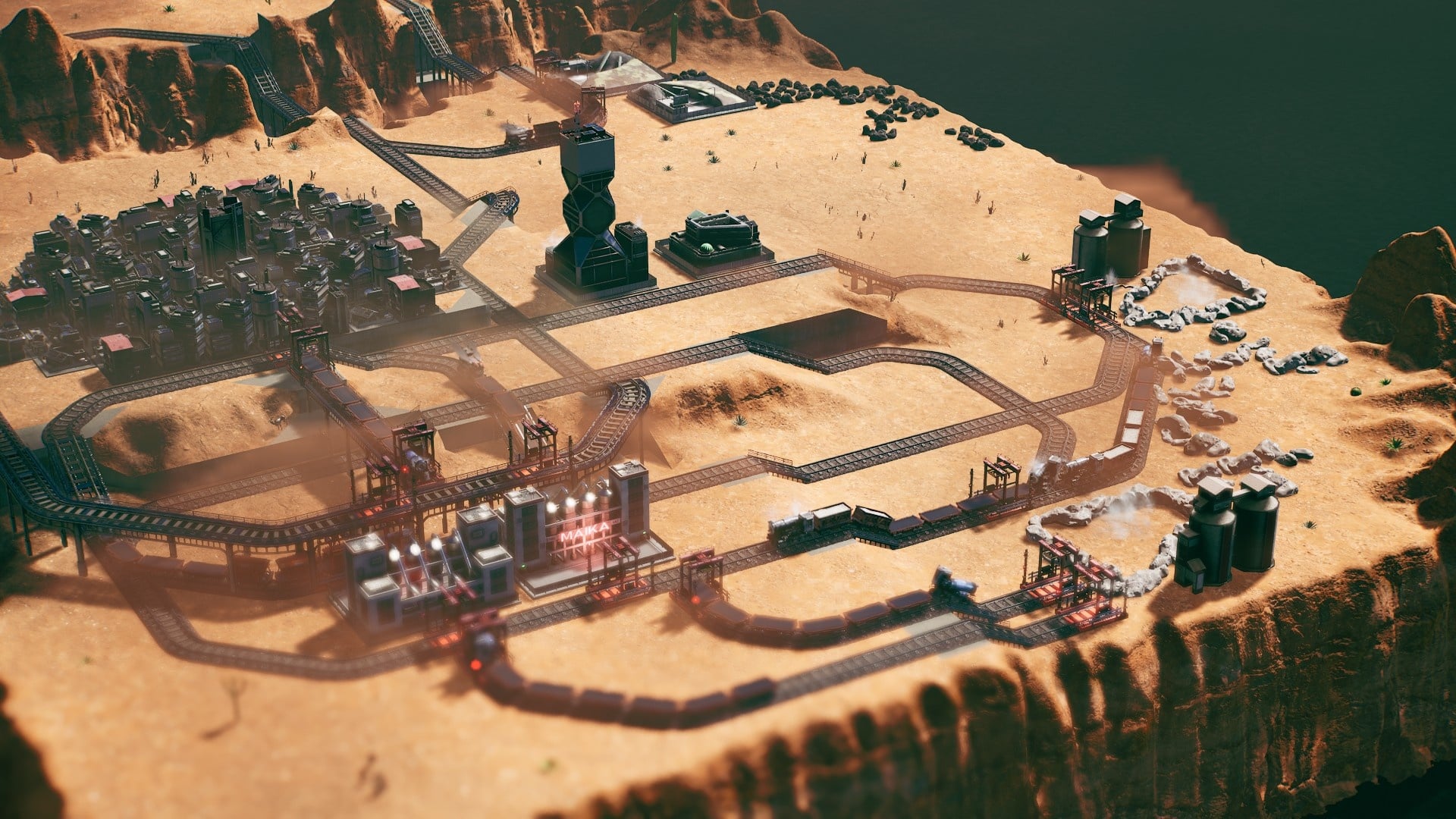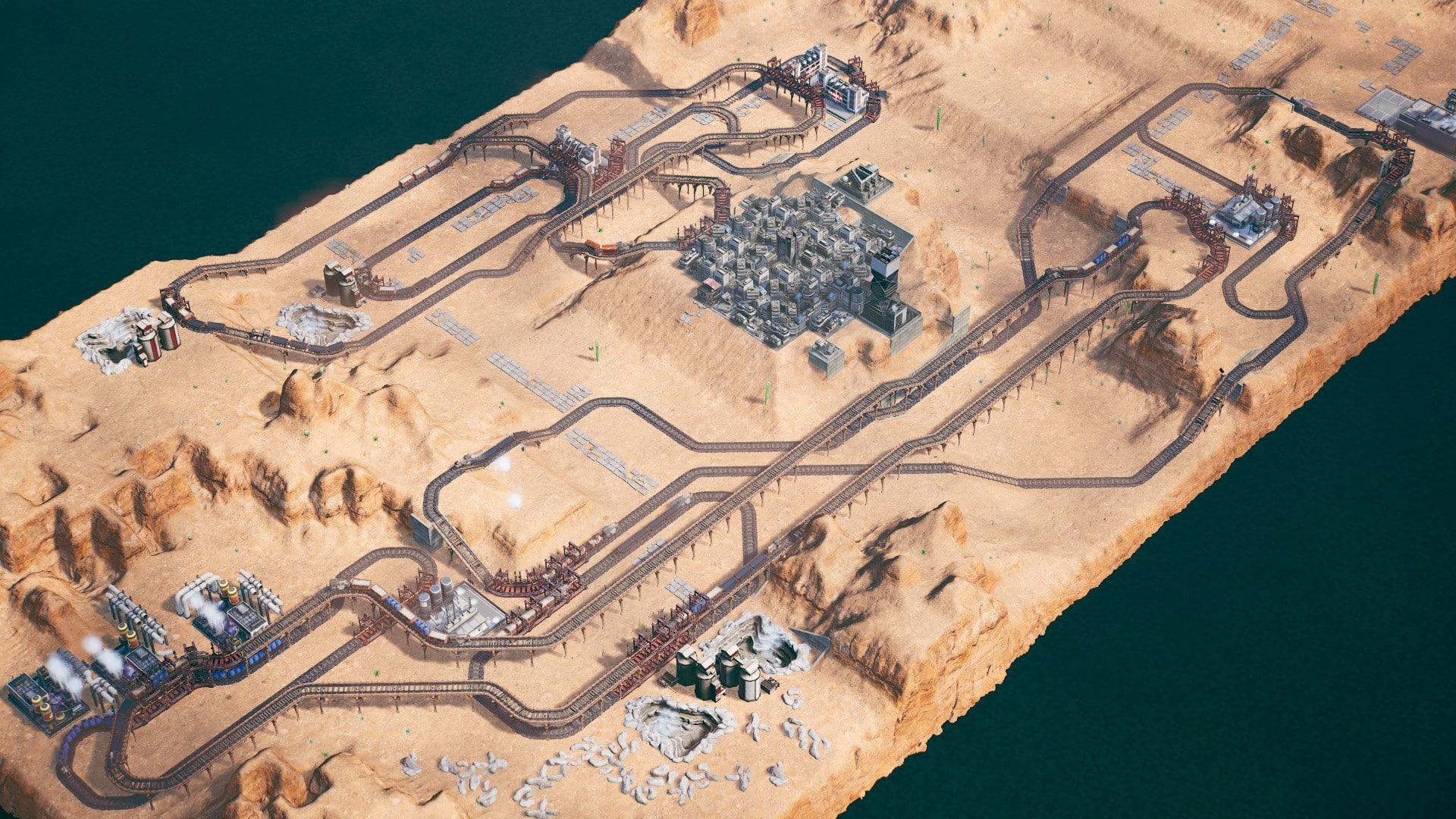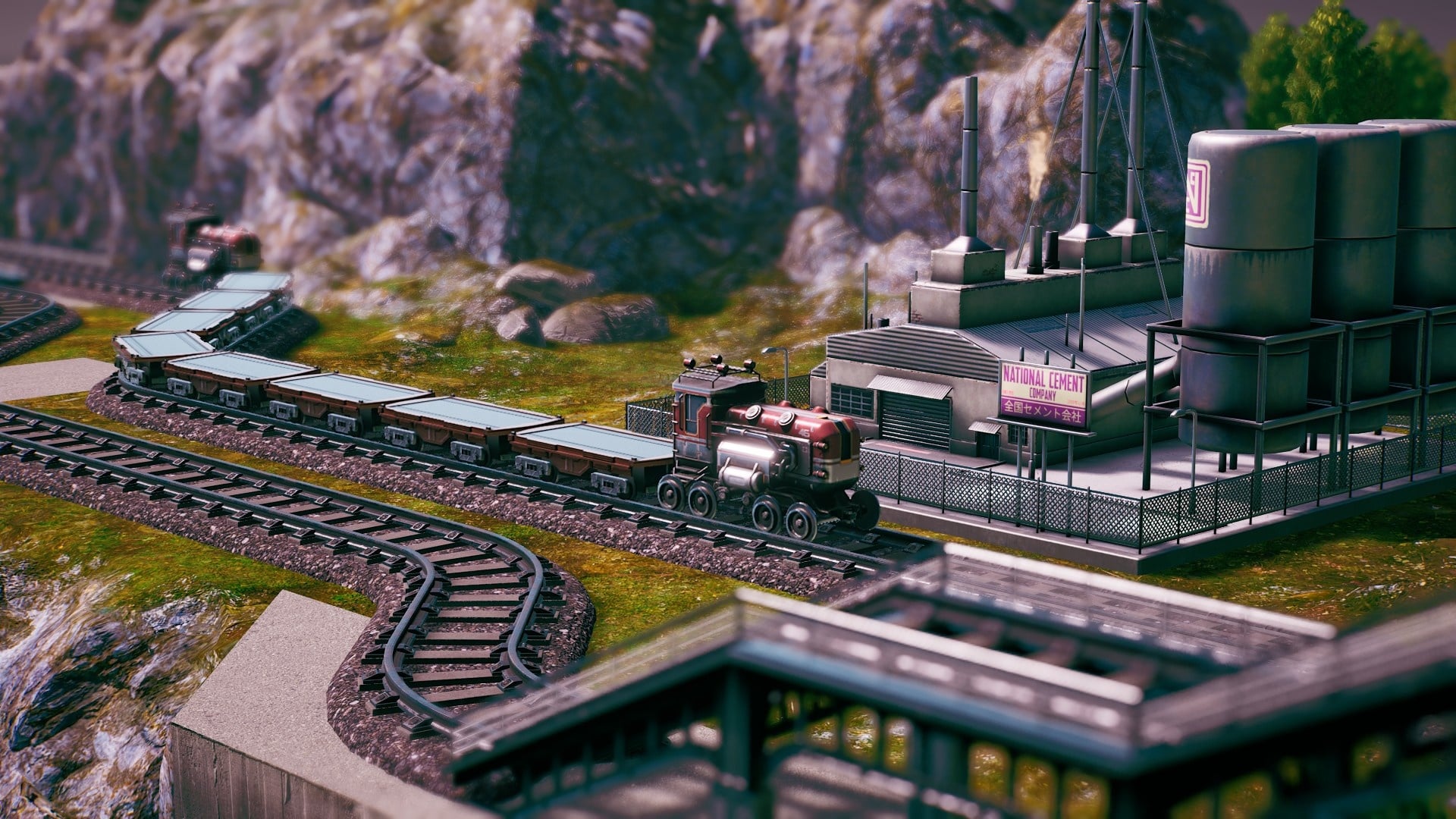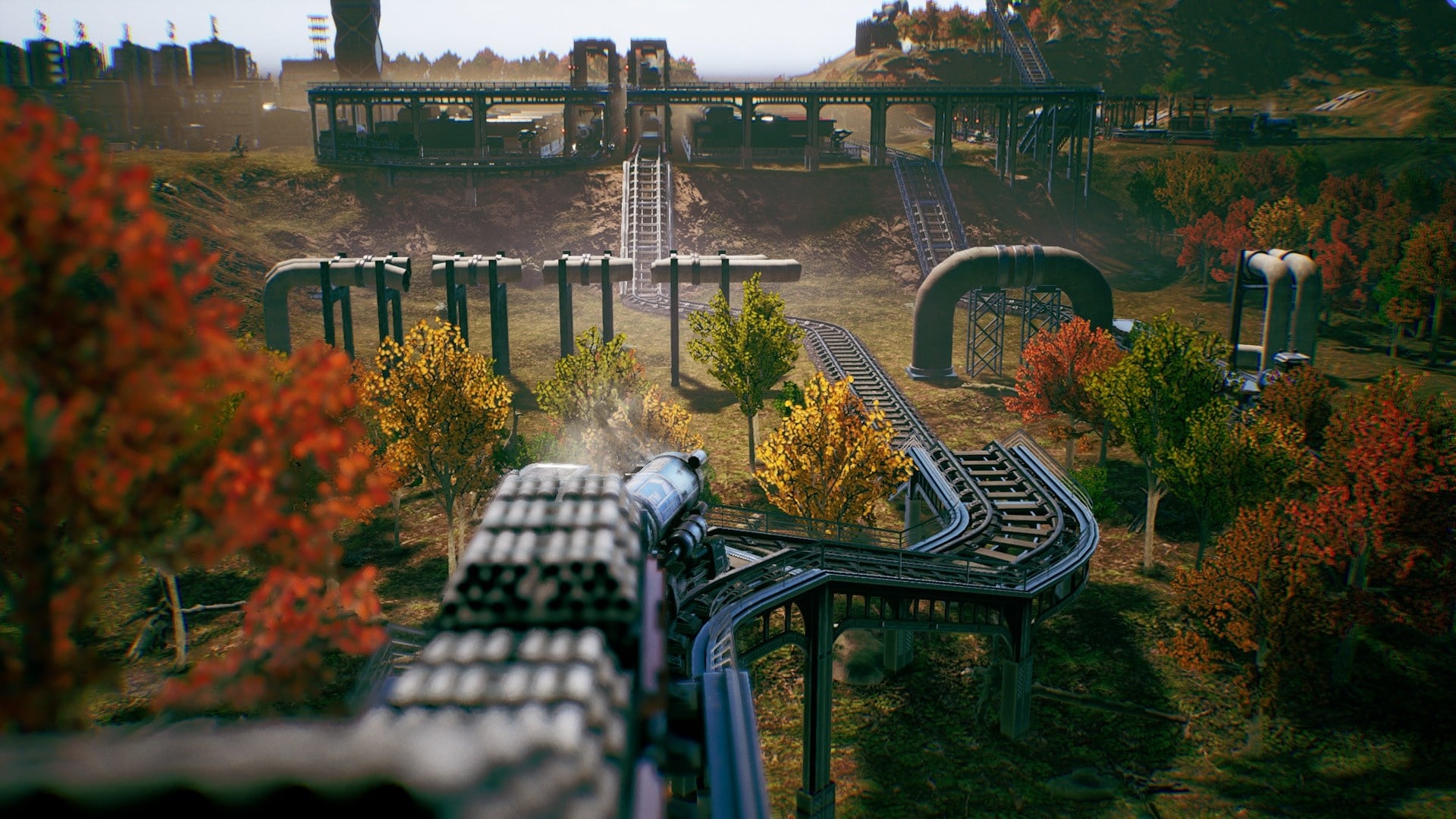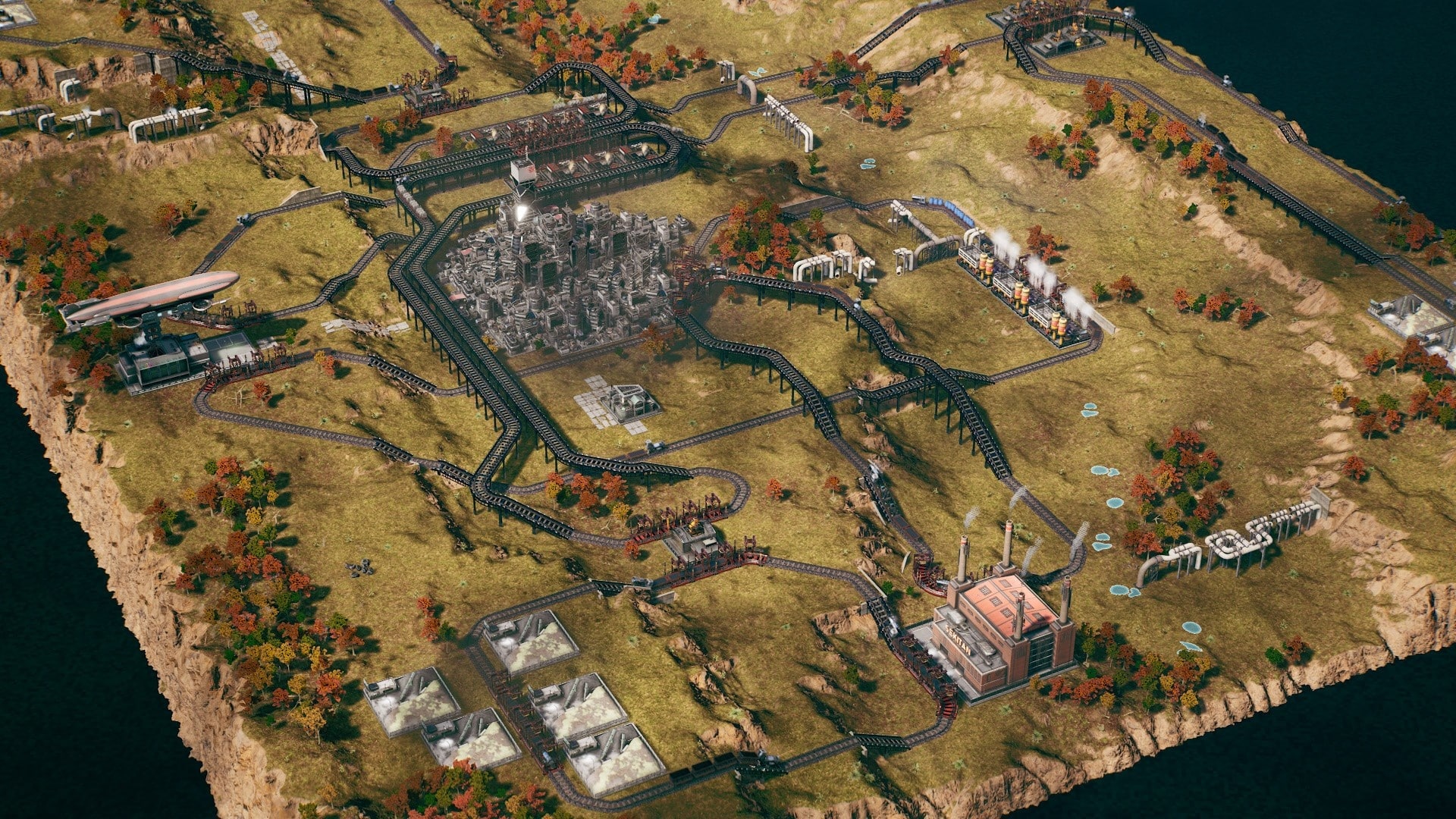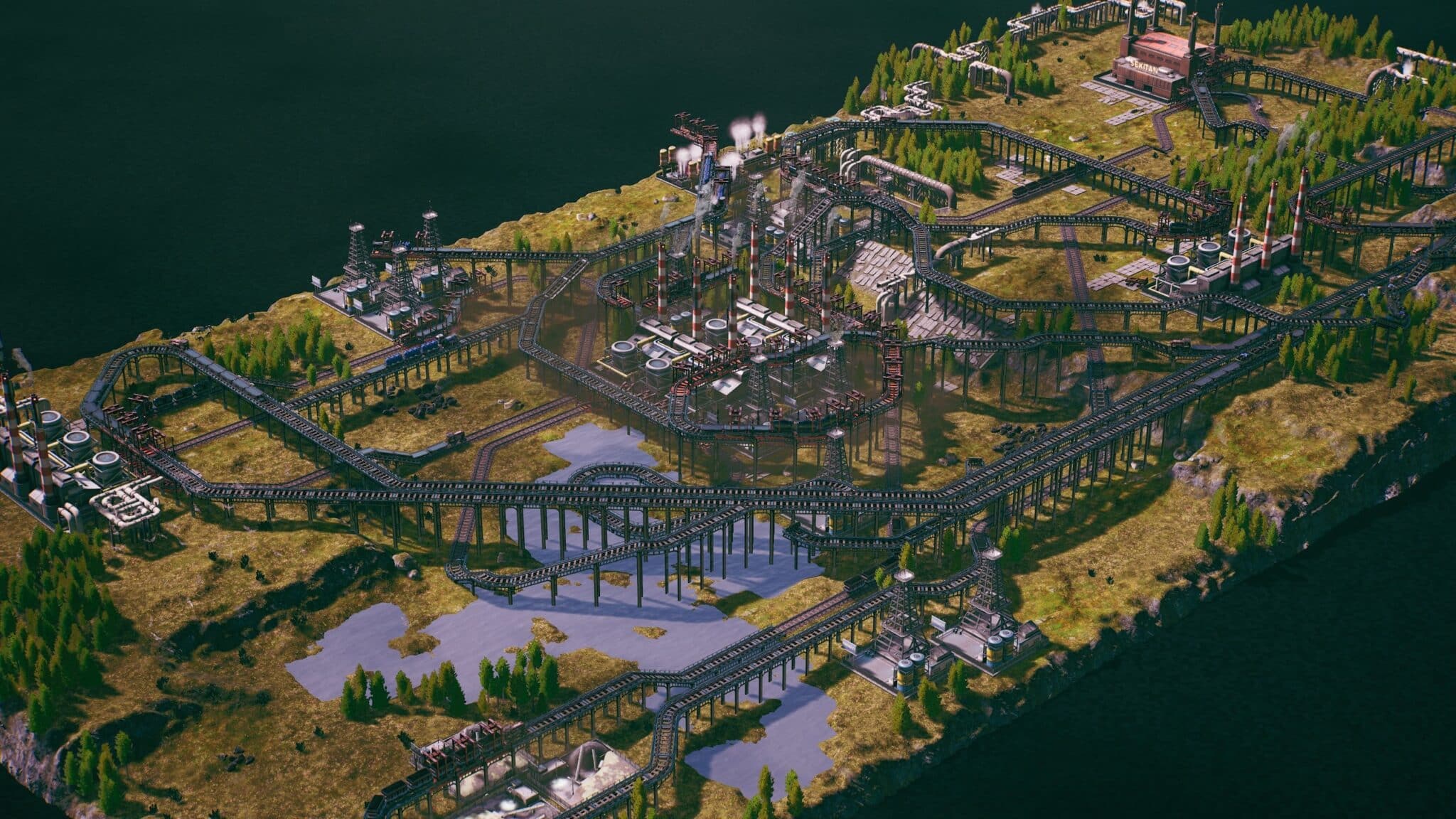The picture-perfect build-up game Railgrade looks like a paradise for railway fans, but questionable design decisions spoil the fun.
Railgrade is like a long overdue therapy session for you: In the building strategy game of the Japanese development studio Minakata Dynamics, you are the administrator of a colony on a distant planet.
Your mission: To revive the rather mediocre running shop with a cleverly designed rail system and a lot of economic simulation know-how. The concept leaves a good impression in the test – at the beginning. Over time, however, the cracks in the Railgrade structure became more and more apparent. Find out what they are in the GlobalESportNews test
Table of Contents
Comprehensive campaign
Our biggest criticism is that you won’t find an endless game in Railgrade, and the same goes for a multiplayer mode. Due to these factors, the long-term motivation is generally rather poor.
To compensate, however, the campaign scores with a total of over 50 main and side missions. The beautifully designed world map literally shows where the journey is heading: Your work as an administrator sends you to deserts, grassy plains, ice areas and other biomes. This makes for a lot of visual variety – great!
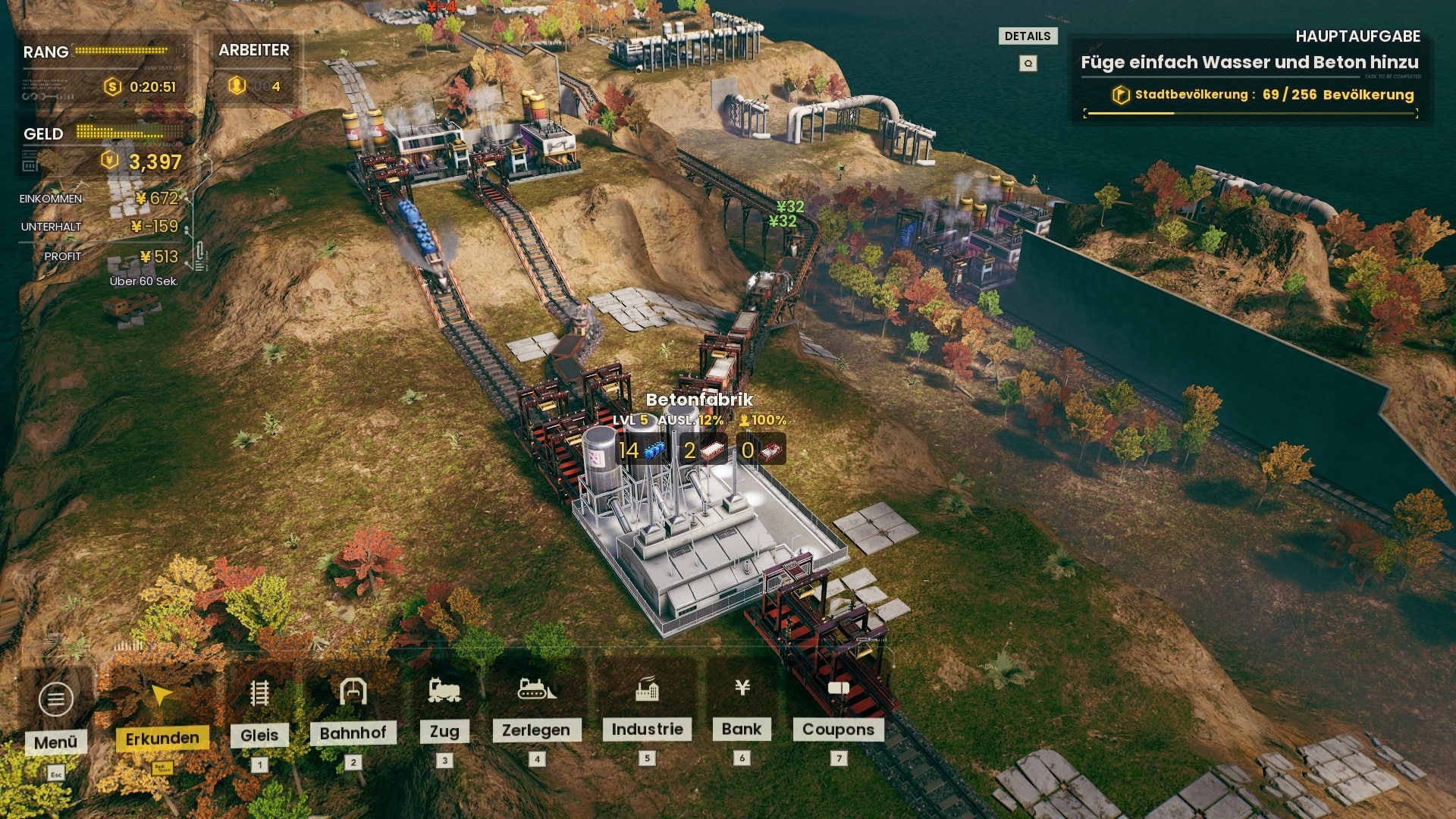
In each of the areas, you can earn up to five coupons – one of the most important currencies in the game – depending on how quickly you complete each objective. One such objective might be to attract a certain number of residents to the nearby town by supplying them with goods.
You can then redeem these coupons in the shop, which will earn you upgrades for your buildings or new music tracks, for example. Speaking of the shop: Only in-game currency is used here, real money is not used – except for the approximately 18 euros purchase price for the game in the Epic Games Store.
Thanks to the shop upgrades, there is a good reason to complete the side missions and set up the best times possible. You should plan on at least 20 hours for the campaign, completionists should aim for more than 30.
Classical build-up mechanics
Those who already have experience with construction games will quickly find their way around Railgrade. From a bird’s eye view, you construct a whole series of buildings and build production chains: An oil field? That’s a good place for a pump, the products of which are fed into the next power station and converted into energy.
To transport goods to their destination, you build a track between the respective buildings and construct stations near them. Then only one thing is missing: the train! You place the locomotive of your choice – you can choose from several models with different strengths and weaknesses – quite unbureaucratically on a track, attach a few wagons and the train is off and running up and down the track.
Low difficulty level
Of course, your infrastructure doesn’t work for free. Maintenance costs are incurred at regular intervals, which are offset against your income and then result in your profit. This is clearly displayed on the left side of the screen.
However, the maintenance costs are more of a minor annoyance than a huge challenge. It is easy to always be in the black, which is also due to the fact that there is only one difficulty level. If you do run into money problems, you can borrow a few yens from the bank (remember – the developers are from Japan).
Generally, Railgrade is a fairly simple game – beginners will be happy about that, but building experts will encounter idleness at times. This is mainly due to the repetitive tasks of the variety “reach a city population of x” or “export a certain number of these goods”, which are used inflationarily.
As usual in the building genre, the optimisation of production chains also plays a role here and is motivating in principle, but in the test we repeatedly encountered situations in which we could do little more than watch.
The cities already mentioned are a cornerstone of the game, because they supply the workers you need for your industries. If you want to recruit more citizens, you have to supply the city with goods. If you do this long enough, the settlement will rise one level and develop new demands – this is reminiscent of Anno.
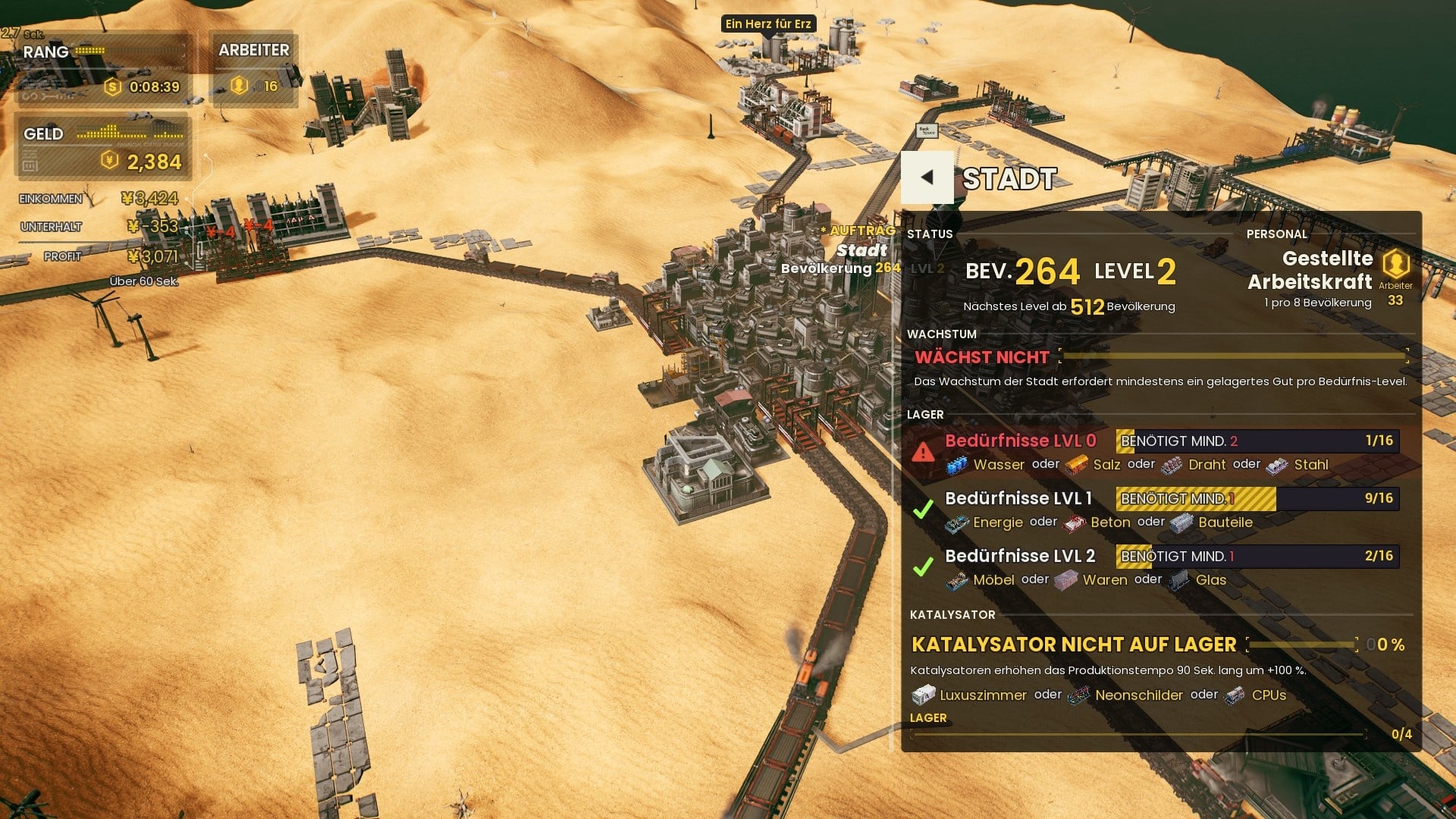
Mostly successful visuals
A cool feature: You can follow your trains from different angles. The quasi driver’s cabin perspective is particularly atmospheric and provides a pleasant feeling of speed. In this mode, you can also admire Railgrade’s beautiful graphics, which have nothing to hide from most other construction games.
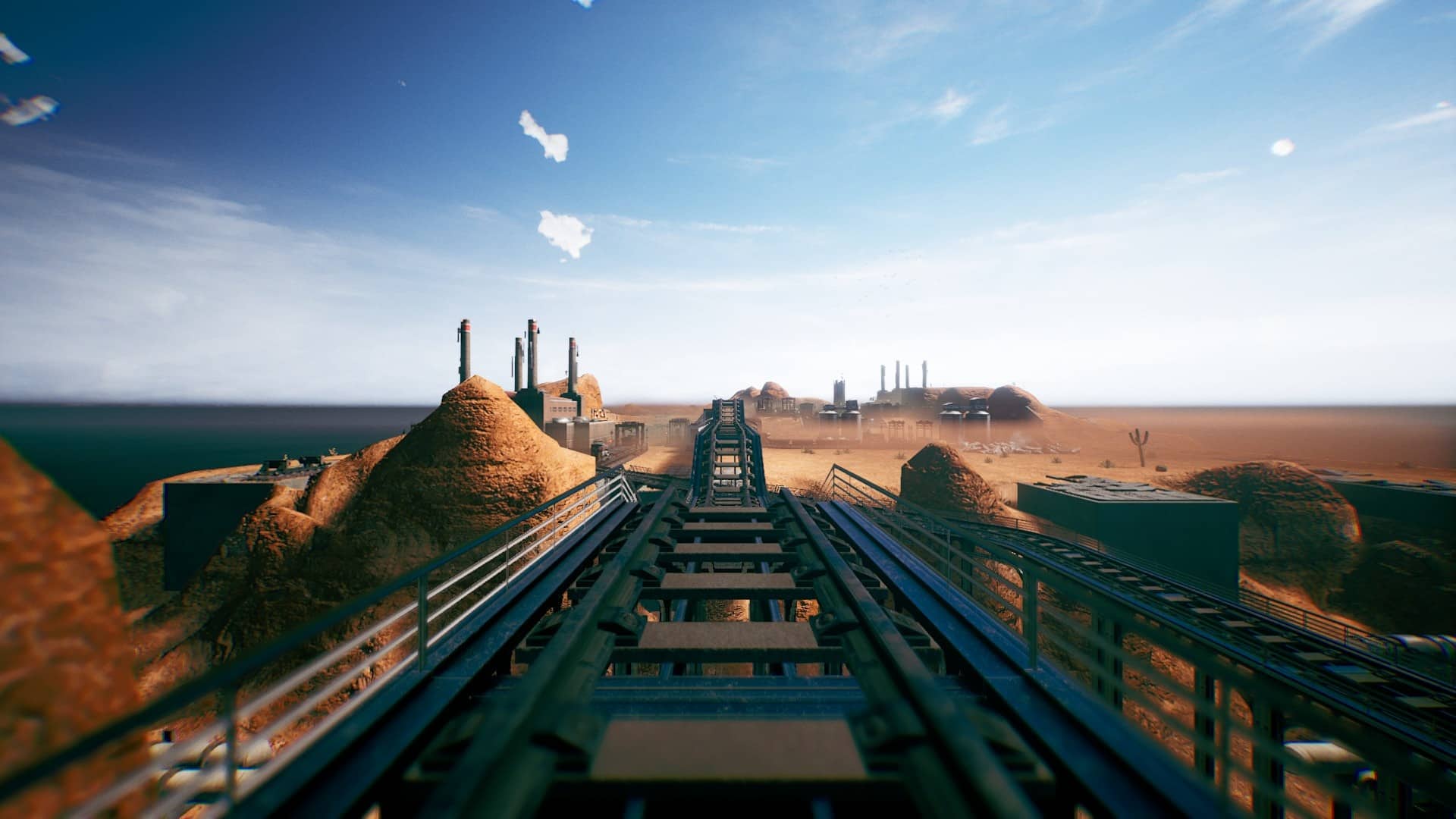
But even the successful visuals are not without their faults. For example, the maps end very abruptly and then turn into a coarse pixelated ground texture, which breaks with the immersion. This is particularly annoying because the maps are very small and do not allow for extensive route systems – we especially miss an endless mode here.
There is also surprisingly little going on in the cities, which in turn affects the atmosphere. Although you are shown the speech bubbles of citizens at regular intervals, even these cannot create the illusion of a lively big city.
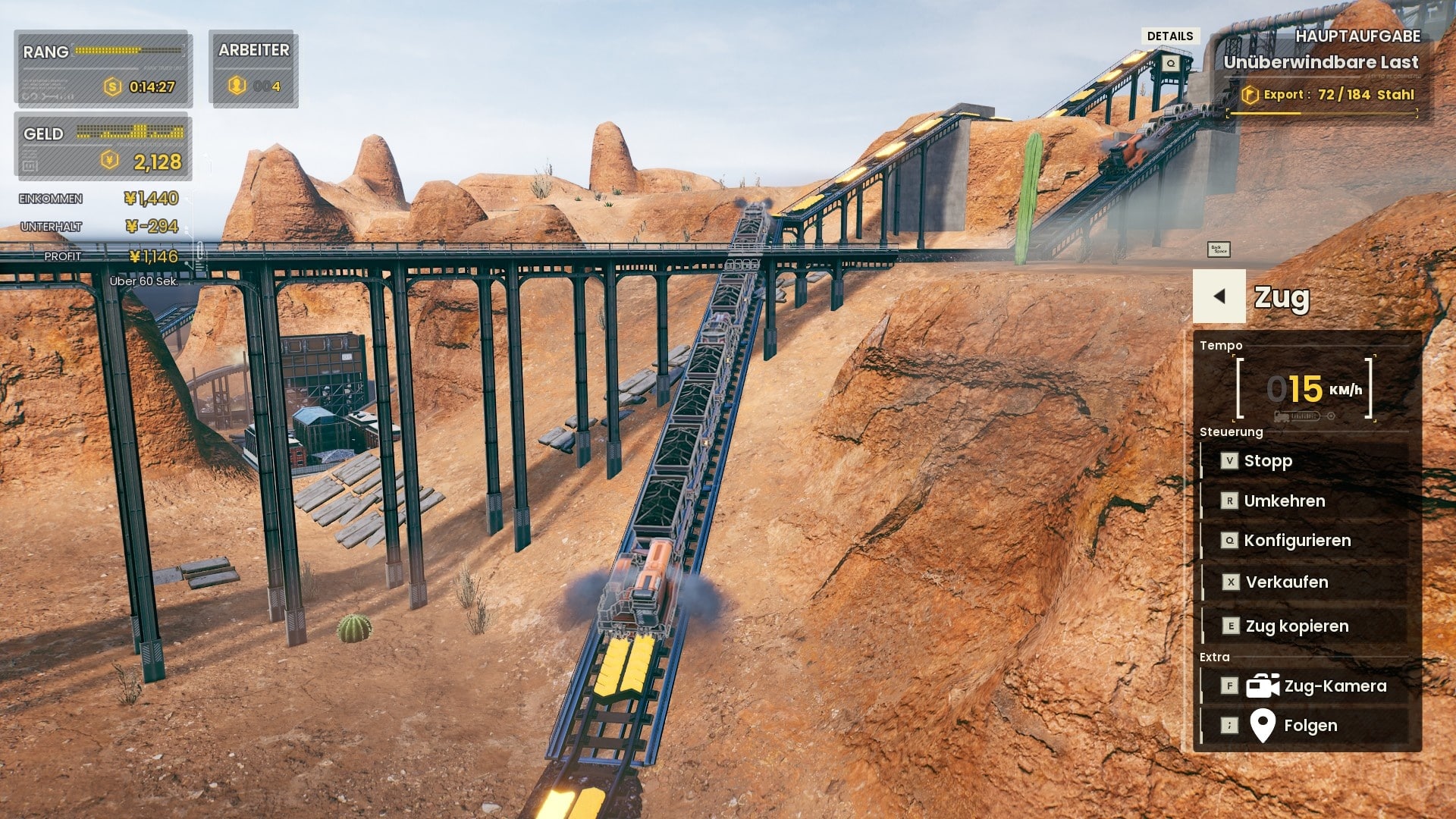
A little social criticism at the end
But the comments of the city residents also show one thing: Railgrade regularly makes political statements – albeit rather superficial ones. You and all the other residents work for the company Nakatani Chemicals, which has a monopoly on the planet.
You regularly receive messages from your supervisor, which already make it clear that the company acts without regard for losses. The citizens, on the other hand, seem to be largely indoctrinated by Nakatani Chemicals: they are happy that the company protects them from other employers and think that competition is dangerous. This is crude, but this mocking undertone could make us smile a time or two.
Bottom line, Railgrade thus undoubtedly has its faults – especially in terms of mission design and the weakening scope away from the campaign – but hardened genre fans can definitely take a ride on the Railgrade train.
Editor’s Verdict
Railgrade is one of those games that gets weaker as time goes on. In the first few hours of play, the pretty visuals, the tinkering railway construction and the extensive campaign could still collect sympathy points with me – I wouldn’t have been averse to a high 70. However, I soon had to revise this assessment downwards.
I myself like to play a very leisurely pace in construction games. Unfortunately, Railgrade’s unimaginative mission design with overly ambitious production goals makes it extremely tough for players like me. Only people who want to constantly optimise and play as efficiently as possible really get their money’s worth here. Considering the Epic exclusivity and the lack of endless mode, the target group is very narrow. Railgrade will certainly not be my new favourite construction game, but if you can live with the limitations mentioned, the game is still not uninteresting.

